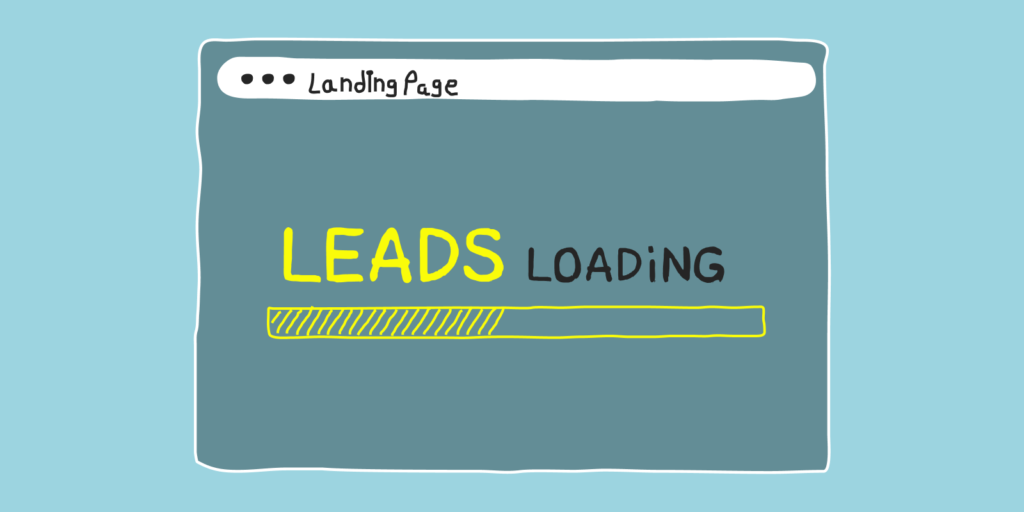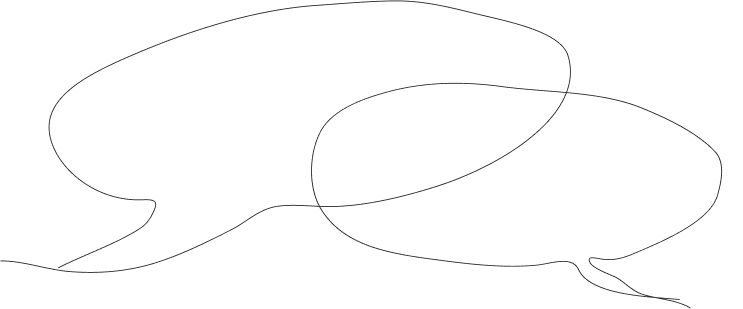Are memes the right call for marketers in 2018?
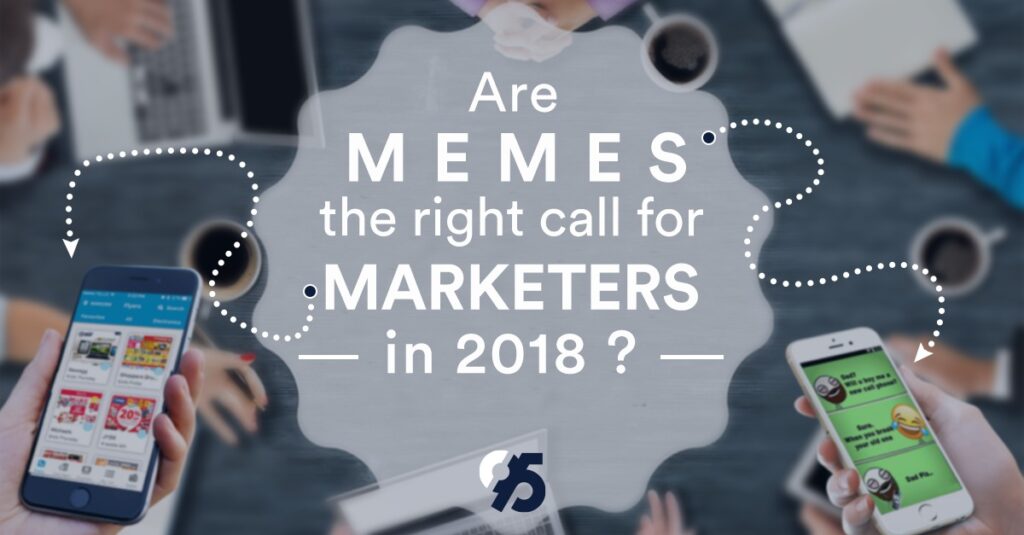
Created: 13 Jul, 2018
Last Edit: 09 Oct, 2024
Digital marketers often find themselves a few steps behind each trend as it comes up; sometimes even a few steps behind amateur Facebook page admins. An internet trend could appear suddenly out of thin air and disappear just as quickly. Digital marketers could either use it instantaneously or spend tons of resources losing it. That begs the question; what’s worse than a brand that’s completely out of touch? Well, a brand that tries to keep up and fails miserably, making it seem like it is run by dinosaurs.
Memes are the oldest trendiest internet staple. It is perhaps the only internet trend that doesn’t vanish. We can go into the origins of the word and its biological and anthropological history, but instead let’s right get down to business.
What are memes?
Internet memes are funny images that different internet users attach different captions to. These innovative captions make these photos even more hilarious and relatable. Each different caption attached to the same image is unique and speaks to a different demographic of people. But the internet meme is not restricted to images, it can also range from videos, hashtags or even phrases.
For instance, check out these hilarious memes of Brazil’s Neymar Jr diving in the World Cup Quarter Finals Belgium match last Friday. This Neymar incident has spread with rapid speed through the internet sphere, with World Cup fans taking this viral image and transforming it into gifs, videos and even challenges. (#NeymarChallenge)
The drama queen ? ?? #BRABEL pic.twitter.com/Y1QVKueWQg
— Praize_Kcee? (@Praize_cassey) July 6, 2018
Have a nice vacation, @neymarjr, careful with the cold water #WorldCup #BRABEL #BRA #BEL pic.twitter.com/wHr0ychtpI — Insónias em Carvão (@insoniascarvao) July 6, 2018
Someone has far too much time on their hands #Neymar #NeymarChallenge #WorldCup #rolling pic.twitter.com/XwEEIy1fnb
— Paraic Collins (@ParaicCollins) July 5, 2018
Why are memes so special?
The power of these memes is that they are user-generated content that circles the internet. They are created by regular internet users not big fancy corporations or seasoned digital marketers. Most of the charm of these memes is in how unpolished they are. Ironically, the messier a meme looks the more likely users will find it amusing. Their sole purpose is to entertain users not sell something; that makes them charming, unique and extremely tempting to marketers. The keyword here being "relatable".
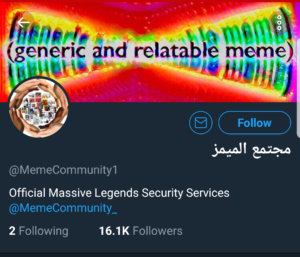
Source: @Twitter Also, think about how fast you have seen a trend coupled with how fast its corresponding memes have popped up on your messenger or whatsapp friend groups. There is a instant reaction to every trend and that reaction is almost always a meme. It started as people sharing them through Email, blogs and message boards. Now, it appears on your Facebook timeline even before you have understood its original reference. The instantaneous nature of the meme phenomenon makes it one of the most powerful tools online.
“Today, there are 3 billion people out of the 7 billion people that are all connected, that can practically receive the same message at the same time.” -Andrew Baron, What’s in memes?, TEDxSacramento
Should my brand use memes?
Now you are probably thinking it is the easiest thing to create, share and use a meme to connect to your audience. For instance, check out these sports brands utilizing the Neymar trend:
Neymar and Brazil rolling all the way home pic.twitter.com/vT6ppZP5jS — Bleacher Report (@BleacherReport) July 6, 2018
All the kids are doing "The Neymar" (via @nihatbehramoglu)pic.twitter.com/5b27NVXDyx
— CBS Sports (@CBSSports) July 5, 2018
Well, that’s not entirely true. The average internet user (let’s call him Ali) is savvy. Ali unsubscribes to every newsletter and unfollows brands constantly. Ali does this because the internet is the busiest it has ever been. The internet has become more content, more clickbait, less value and less credibility. This makes it harder for brands to reach Ali or grab his attention. Even individuals are branding themselves and using the same old marketing tools that infuriate Ali every time he logs on.
By incorporating memes into your marketing strategy, you are entering Ali’s territory. You are attempting to simulate user-generated content which can be extremely tricky. If done right, publishing memes can be incredibly useful to your brand. Not only will it increase your insights (particularly your engagement), but it will also keep followers coming back for more. Not to mention the long-lasting impression of “we are one of you, not one of them.”
However, if not done right though, what happens to your brand then? Well, Ali is most likely unfollowing you. He’s either thinking that it is a little too late to the trend, it is a little off his sense of humor or even it is a little pathetic to be posting memes, sir. Your brand has failed to connect to Ali, in addition, it has marked itself as “not cool” for Ali and his community of users.
That is the risk you are taking as you are attempting memetic marketing.
So, where does that leave us marketers?
Create, don’t recycle.
If you look at some of the most popular memes of 2018 in Egypt, you will find that some of them are actually derived from popular TV ads. What these clever marketers did is that they positioned themselves above following the trend and into being the trend. Check out this Youtube video addressing one of the 2018 Ramadan trends with 267,436 views:
Following the concept “all publicity is good publicity”, Cottonil has hit jackpot this Ramadan with its TV Ad starring a catchy tune by Medhat Shalaby. Sparking a sea of ridicule infused with a sense of amusement, Cottonil have led the Ramadan meme wave this year. Similarly, the EG Bank Ads series from the 2017 Ramadan season has had its catchphrase turned into a meme. This catchphrase shone in the meme world, relating to every millenial on a very personal level.

Source: @Twitter
Meanwhile, using a product or service can be its own trend too. Your users could be racing to generate that user-generated content you wanted to begin with, if caught up with the right marketing campaign. Think “selfie-stick”, which is a product that basically sold itself based on word of mouth as well as the selfie trend.
But don’t trends vanish?
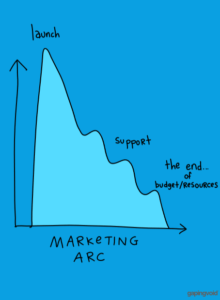
Source: Once Upon a Digital Time
“Budget. Creative. Approval. Prep.
Then there’s the launch!
“HEEEEEEYYYYYYYYY LOOK OVER HERE! LOOK!!!” and then, “Aaaaand, we’re done…,” as the campaign runs out of time, budget and resources.”
-Brian Solis, Once Upon a Digital Time, 2018, LinkedIn.
Sounds familiar? It is. Most of the marketing campaigns you see are that ill organized. It is important to realize that the marketer is the one in charge of their brand’s campaign. The more you sustain and feed your campaign, the more it will grow. With this in mind, the internet does make or break a trend. That means that you mustn’t forget that your campaign is made for your audience and that your audience are people. At the end of the day, people like stories and they like emotion. Understanding your key demographics; what they love, what they hate, what motivates them, what inspires them will help you cater your content to be its most effective levels.
Using memes for your brand is risky, but nothing beats viral marketing or guerilla marketing on your strategy. When memes hit, they truly resonate. When your brand aligns with the right trend using the appropriate content, the results are extraordinary.
So will your brand use memes?
Created: 13 Jul, 2018
Last Edit: 09 Oct, 2024
Read Also
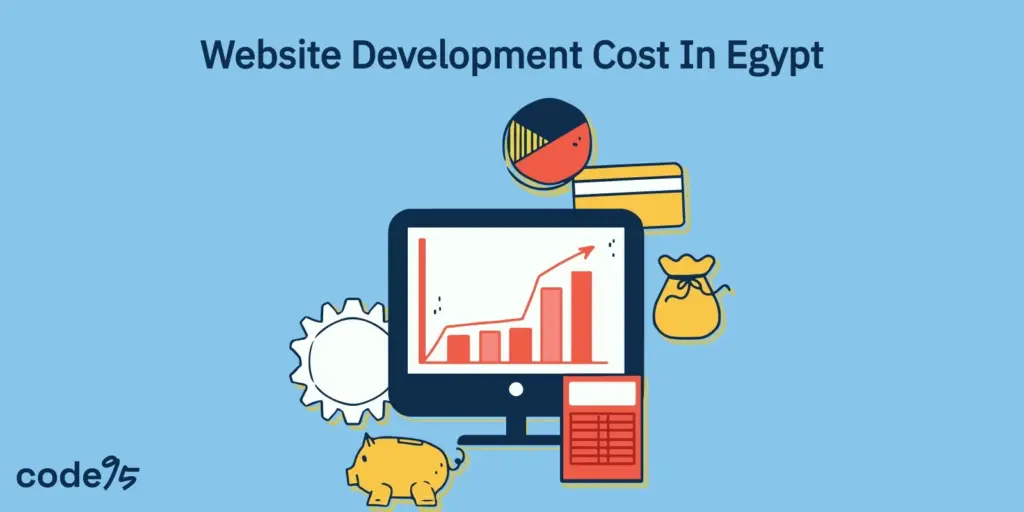
Website Development Cost in Egypt – Plan Your Budget

خطوات كتابة محتوى تسويقي ناجح
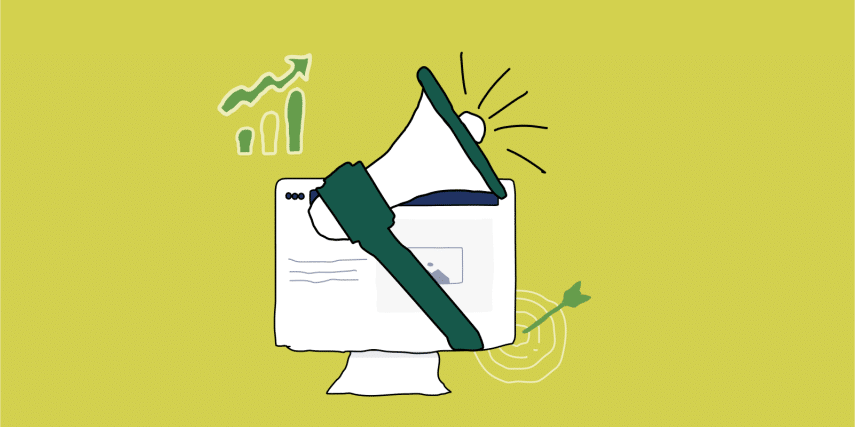
أفضل أنواع التسويق الالكتروني في السعودية للشركات والأعمال في السعودية
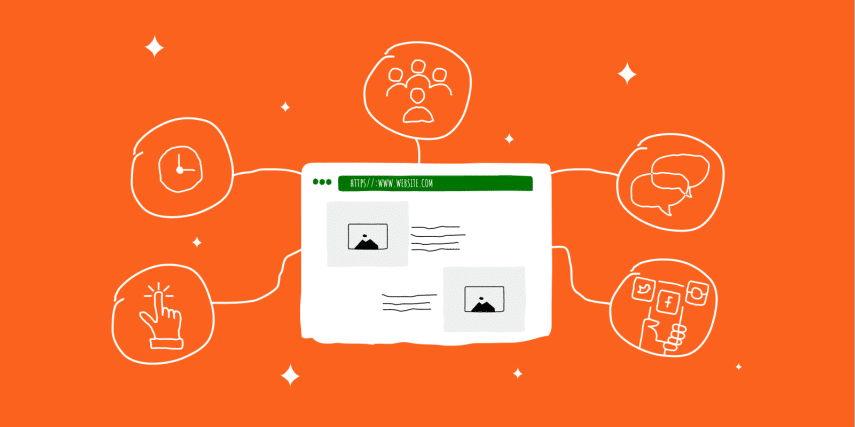
مميزات المنصات الإلكترونية
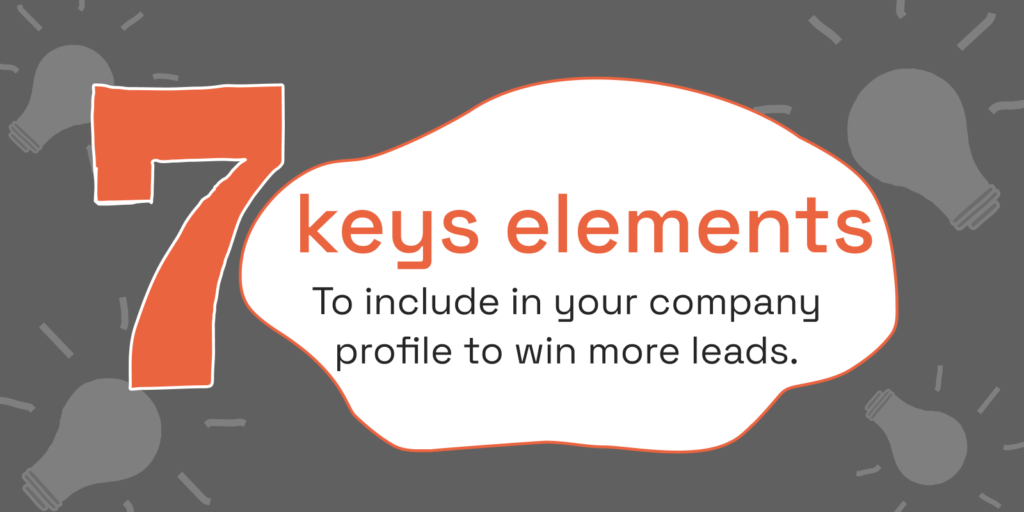
7 key elements to include in your company profile to win more leads
